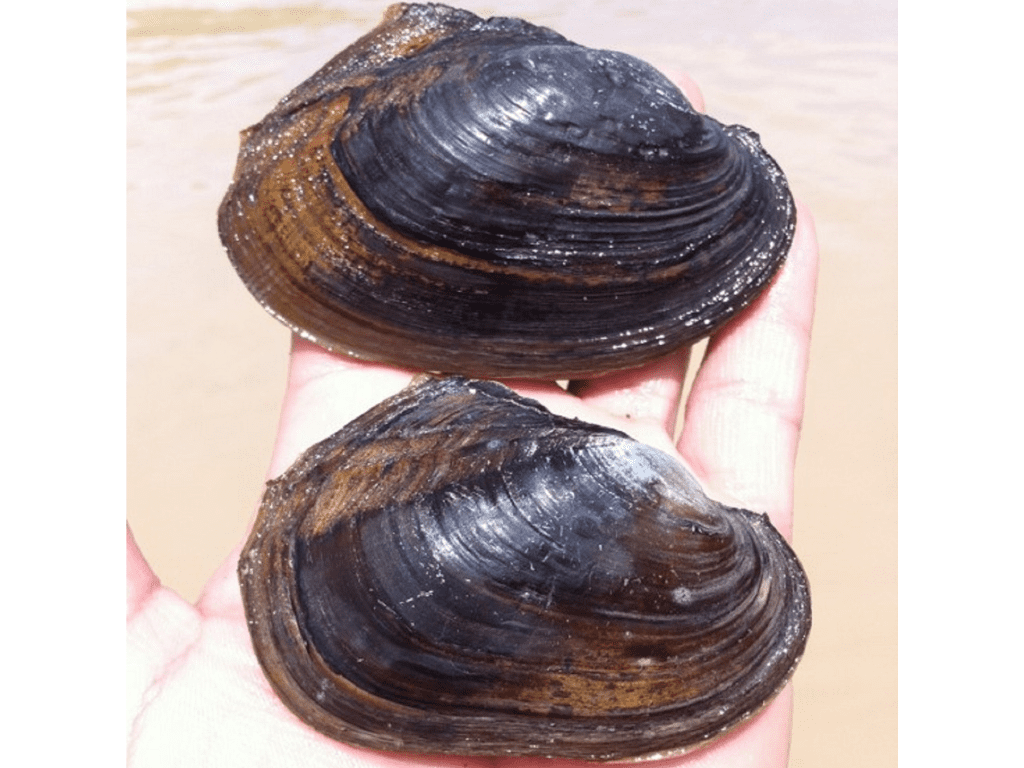Current work in wildlife, rivers, public lands, and climate
Press Releases
Fish and Wildlife Service proposes protections for two Rio Grande mussels
Native to the lower Rio Grande, which flows between Texas and Mexico, the two species utilize slightly different types of habitat. Salina mucket live in crevices, undercuts, shelves and under large boulders, whereas Mexican fawnsfoot occupy riffles and depositions of small-grained river sediments.
Both species need clean, flowing water to survive, and their struggle to survive is a troubling indicator of the health of the river. Much of the lower Rio Grande has been inundated by dams, or dewatered due to drought, diversions, and groundwater pumping. Pollution, particularly from pesticides, herbicides, and fertilizers, has degraded the water quality in remaining river habitat.
“The Salina mucket and Mexican fawnsfoot badly need ESA protections,” said Joe Bushyhead, endangered species attorney with WildEarth Guardians. “These are imperiled species in an imperiled river system. We’re glad to see a proposed listing rule that protects the species and the river they depend on.”
In addition to listing the mussels as “endangered,” the proposed rule would also designate hundreds of miles of the Rio Grande as critical habitat–for the Salina mucket, approximately 200 river miles in the Lower Canyons section of the river, downstream from Big Bend National Park, and for the Mexican fawnsfoot, approximately 184 river miles further downstream, in a section known as the Laredo reach.
“Designating critical habitat for the Salina mucket and Mexican fawnsfoot will be a necessary step toward getting them off the path to extinction,” said Joanna Zhang, wild rivers advocate with WildEarth Guardians. “More of the Rio Grande is disconnected and drying up every year. The way we’ve been managing the Rio Grande has drained the river of its vitality, and it’s encouraging to see the Service proposing protections that would help safeguard a healthy and flowing river for these mussels and other species.”
The Service will be accepting public comments on the proposed listing decision and critical habitat designation for 60 days.

Salina mucket, Clint Robertson photo
###